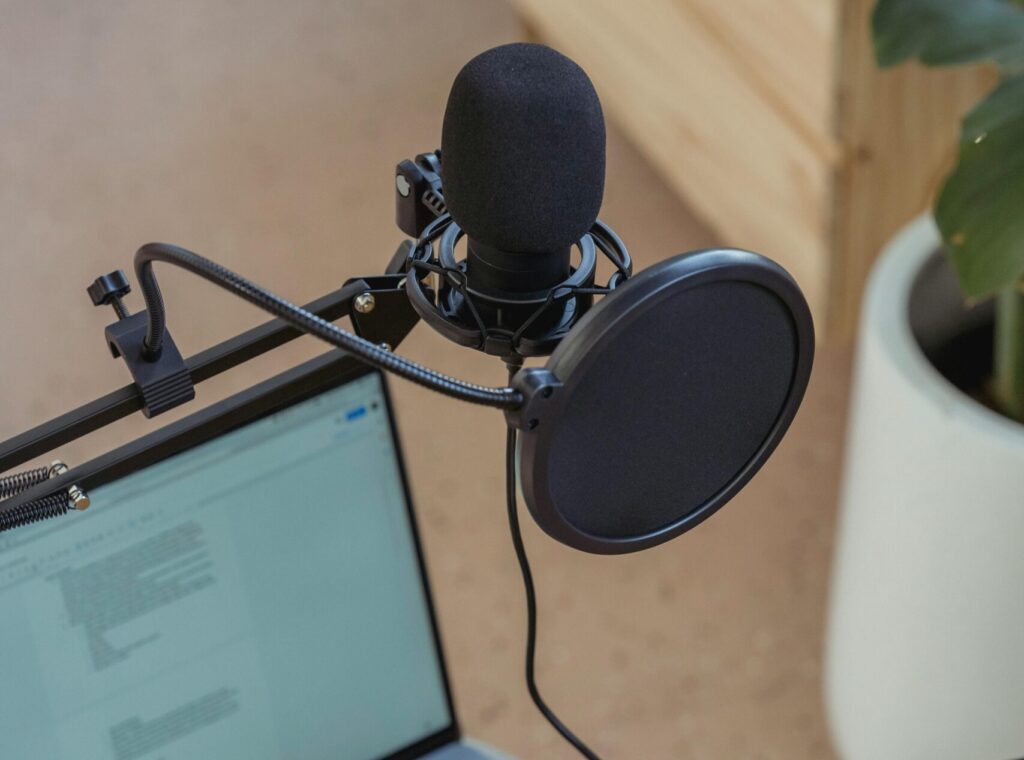When is the best time to work out? Some people prefer the morning, as the gyms are quieter, and they can start the day off energized; some say the afternoon is best so they can burn off steam from a demanding workday. According to scientists, the morning is the best time to work out. You’ll need to do some of your own research to figure out which option is best for you. Here we’ll learn why morning workouts are (generally) better, their possible downsides, and how to really make the most of them.
Reasons why morning workouts are best
Once you get past the sometimes-daunting thought of waking up early, you realize there are more advantages than disadvantages when working out at this time.
- Fewer distractions – earlier workouts usually mean fewer people to interact with, so you don’t have to deal with crowds. Focusing on the task is easier, so you don’t get distracted!
- You put yourself in a good mood for the rest of the day – when you exercise, you release endorphins. Endorphins are chemicals your body releases while experiencing stress or pain, aiding in overall well-being.
- You give yourself more energy – once you get over the general grogginess that can come from starting to wake up earlier, your adrenaline starts flowing, causing you to become more alert and energized.
- You better your cardiovascular health – a study concluded that between 8 and 11 AM is the best time to work out to better your cardiovascular health. In this study, working out at 11 AM had the greatest positive effect on a person’s risk of cardiovascular disease and stroke compared to activity at different times. Overall, people who exercised at 11 AM were 16 percent less likely to develop cardiovascular disease and 17 percent less likely to have a first stroke of any kind.
- Cooler weather – if exercising outside, you can beat the heat by working out in the morning. Sometimes the temperature can jump 30 degrees in hotter areas in a matter of hours. Exercising outside in high temperatures can be dangerous, so a morning workout is considered safer.
- You improve your sleep cycle – research finds that morning workouts shift your circadian rhythm, so your body is naturally more alert in the morning and more tired in the evening.
Downsides to morning workouts
While morning workouts have many upsides, it’s important to note that they also have disadvantages. Weigh these options when considering the best time of day for your workout.
- It takes more time to get started – when you wake up, you’re low on energy, have a lower core body temperature, and have a slower heart rate. These factors mean you need to take more time to warm up to exercise safely.
- You might interrupt your sleep cycle – while morning workouts can improve your sleep, it depends on the person. You might throw off your sleep cycle, resulting in fatigue and sleep inertia or grogginess. You can calculate your sleep cycle to determine your best exercise times.
How to get the most out of a morning workout
If morning workouts are the best option for you, they can be optimized in a few ways. If you’re already struggling with exercising earlier, why not make the most of it?
- Eat a nutritious breakfast – since you have lower energy in the morning, make sure you eat before a workout. Try foods such as whole-grain cereals or bread, a banana, and yogurt. Look for foods that will fill you up but not weigh you down. The double-edged sword is that you need to wait after you’ve eaten before you exercise- it’s recommended that you wait one to two hours after you eat a meal to exercise or 30 to 60 minutes after you eat a snack.
- Keep a schedule – one of the best ways to make something a habit is to maintain a schedule around it. Wake up at the same time and exercise at the same time. Do this at whatever frequency you wish but keep to that schedule.
- Stretch – your body is just waking up, so don’t push it. Take at least five minutes to do basic stretches that warm up your body to prevent injury.
Although they may be harder to break into, morning workouts give you more bang for your buck. It’s essential, however, to choose which time of day is best for you. Weighing in factors like your diet and sleep cycle can help you decide on the right course of action.







